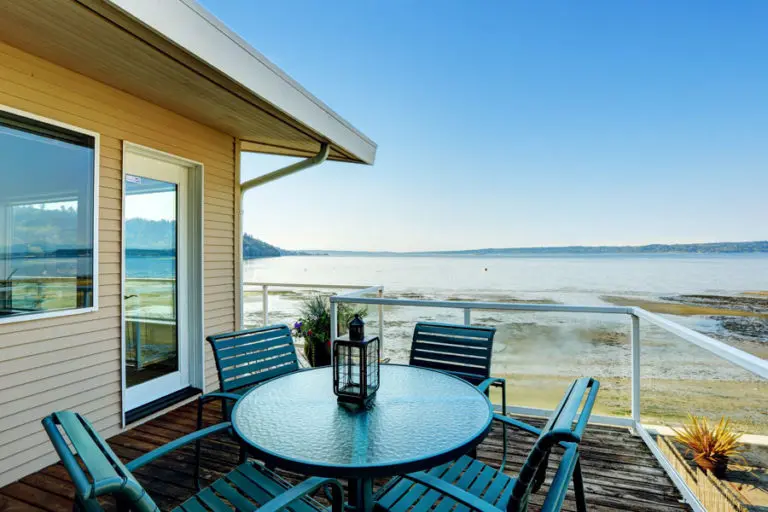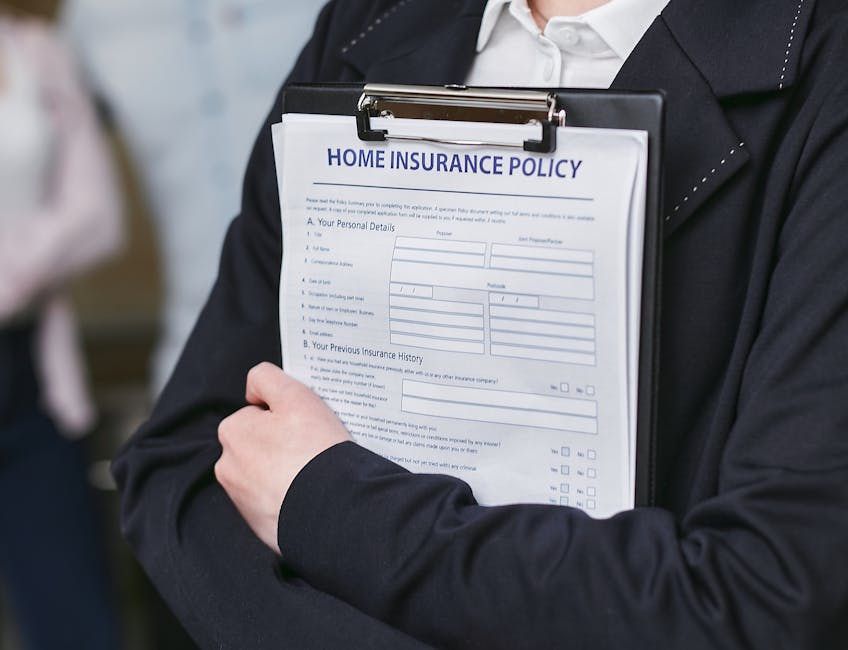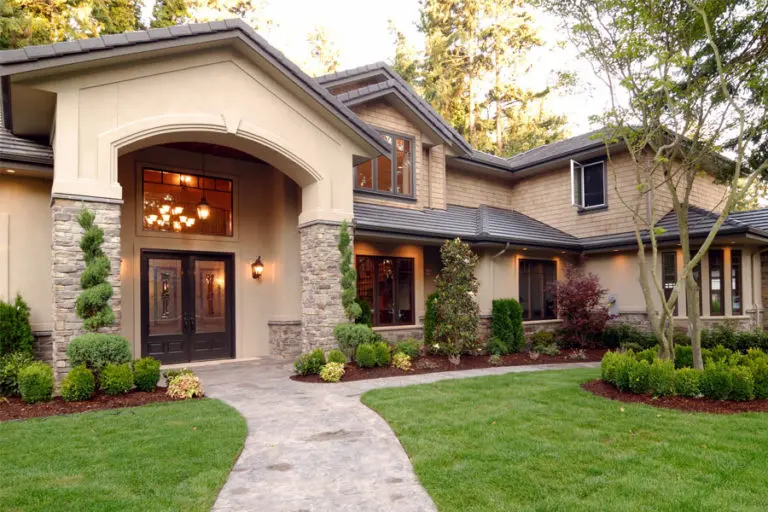Protecting Your Investment: Buildings Insurance for Second Homes Explained

Introduction
Owning a second home—whether for vacations or as a rental property—is a fantastic way to build wealth and create family memories. However, protecting that investment with buildings insurance for a second home is crucial.
Here’s a quick rundown:
– Separate policies are often needed for second homes.
– Insurance for second homes often comes with higher risks and costs.
– Coverage may include dwelling protection, personal property, and liability.
Second homes are subject to different risks compared to primary residences. Vacation homes, for instance, might stand empty for long periods, making them more prone to burglary or damage. Therefore, it is essential to have a specialized property policy in place that addresses these unique needs.
Let’s delve into why you shouldn’t rely solely on standard homeowners insurance to protect your second home.

What is Buildings Insurance for a Second Home?
Buildings insurance for a second home is a specialized insurance policy designed to protect properties that are not your main residence. This type of insurance covers the structure of your secondary home, including its walls, roof, windows, and any permanent fixtures like fitted kitchens or bathroom suites.
Coverage
Buildings insurance provides essential protection for the physical structure of your home. In the event of damage from named perils like fire, storms, or vandalism, this insurance helps cover the cost of repairs or rebuilding.
Here’s what’s typically included:
Dwelling Coverage: Protects the main structure of your home. If a storm damages your roof, for example, your insurance will help pay for repairs.Additional Structures: Covers detached structures like garages, sheds, or boathouses, though usually with lower limits.Replacement Cost: Ensures you can rebuild your home to its original state without depreciation deductions.
Property
Secondary homes often face unique risks. For instance, a beach house may be more susceptible to floods and hurricanes, while a cabin in the woods might face higher fire risks. Because these homes are not occupied year-round, they can also be prime targets for burglary.
Insurance Policy
A secondary home insurance policy is tailored to cover these specific risks. Unlike standard homeowners insurance, which may not cover homes left unoccupied for long periods, secondary home insurance is designed for properties that you visit occasionally.
Key Features:
Named Perils: Lists specific events that are covered, such as fire, theft, or storm damage. This is crucial for vacation homes in high-risk areas.Personal Property Coverage: Protects belongings kept in the secondary home. If you have valuable items like electronics or furniture, you might need this add-on.Liability Protection: Covers legal expenses if someone gets injured on your property. This is especially important if you rent out your second home.
Why You Need It
Without buildings insurance for a second home, you’re exposed to significant financial risks. Imagine a scenario where a guest gets hurt and sues you, or a fire destroys part of your vacation home. The costs could be enormous.
Insurance expert Jane Doe says, “The peace of mind that comes with knowing your second home is protected is invaluable. It’s not just about safeguarding the property; it’s about protecting your investment and your future.”
In summary, buildings insurance for a second home is a must-have for anyone looking to protect their investment. It provides comprehensive coverage tailored to the unique risks associated with secondary properties, ensuring you can enjoy your vacation home without worry.
Next, let’s explore why you need a separate insurance policy for your second home.
Why You Need Separate Insurance for Your Second Home
Risk Factors
Owning a second home comes with unique risks. According to the Insurance Information Institute (III), 98.1% of homeowner claims in 2018 were due to property damage, including theft. Your second home is more vulnerable because it’s often unoccupied, increasing the chances of burglary and extensive damage from incidents like fires or floods. For instance, a remote log cabin might be susceptible to wildfires and snowstorms, while a beachfront property could face hurricanes or flooding.
Mortgage Requirements
If you have a mortgage on your second home, your lender will likely require you to have insurance. This ensures that their investment is protected. The National Association of Insurance Commissioners (NAIC) states that lenders often mandate buildings insurance to safeguard the structure of the property. Not having this coverage could violate your mortgage agreement and result in financial penalties.
Liability Coverage
Liability coverage is another crucial reason to have a separate policy. While some insurers may extend the liability portion of your primary home insurance to your second home, this isn’t always the case. If someone gets injured on your property and you’re found liable, your primary policy might not cover the medical bills or legal expenses. Separate liability coverage for your second home can save you from potentially devastating financial losses.
Named Perils
Most second home insurance policies are written on a “named perils” basis. This means the policy only covers specific risks listed in the agreement, such as lightning or theft. Because your second home is not your full-time residence, this type of policy is more common. It offers limited coverage compared to standard homeowners insurance, which usually covers a broader range of risks.
For example, if your vacation home is damaged by a peril not listed in your policy, like an earthquake, you wouldn’t be covered. Therefore, understand what perils your policy includes and consider additional coverage if necessary.




In the next section, we’ll dive into the key coverage areas you should look for in a second home insurance policy.
Key Coverage Areas for Second Home Insurance
Dwelling Coverage
Dwelling coverage is the backbone of your second home insurance policy. It protects the structure of your vacation home, including walls, roof, and any attached structures like a garage.
This coverage is usually based on the replacement cost of your home. That means it covers the cost to rebuild your home from the ground up if it’s destroyed by a named peril like fire or windstorm.
However, it’s crucial to note that named perils policies only cover specific events listed in your policy. So, if your home is damaged by something not on that list, you’re out of luck. Always read your policy carefully and consider additional coverage for risks like earthquakes or floods.
Personal Property Coverage
Personal property coverage protects the belongings inside your second home. This includes furniture, electronics, and other personal items.
But here’s the catch: coverage is usually limited. For instance, your policy might only cover a portion of the total value of high-end electronics or jewelry. For these items, you might need separate policies or riders to ensure full protection.
Liability Protection
Liability protection is crucial if you have guests over. This coverage protects you if someone gets injured on your property and decides to sue. It covers guest injuries and the associated legal expenses.
In some cases, your primary residence’s liability insurance might extend to your second home. But it’s wise to double-check. You might also consider a personal umbrella policy for extra liability protection.
Additional Structures
Lastly, don’t forget about additional structures on your property. This includes detached garages, sheds, and boathouses.
These structures often have limited coverage under a standard policy. So, if you have valuable items stored in these buildings, you might need additional coverage to protect them adequately.
In the next section, we will discuss the factors that affect the cost of second home insurance and how you can manage these costs effectively.
Factors Affecting the Cost of Second Home Insurance
When insuring a second home, several factors can influence the cost of your policy. Understanding these factors can help you make informed decisions and potentially save money.
Location
The location of your second home plays a significant role in determining your insurance costs. Homes in flood zones, wildfire areas, or coastal properties are considered high-risk. For example, a beach house in Florida might face higher premiums due to hurricane risks, while a cabin in California might be more expensive to insure because of wildfire threats.
Property Type
The type of property you own also impacts your insurance rates. Single-family homes, townhouses, and condos each come with different risk profiles and coverage needs. Unique structures like homes built over water or on steep slopes may pose additional risks. A sturdy cabin might be cheaper to insure compared to a beachfront villa due to differences in construction materials and exposure to the elements.
Weather Risk
Weather-related risks are a crucial consideration for second home insurance. Properties in areas prone to floods, wildfires, hurricanes, or earthquakes will generally have higher insurance costs. For instance, a lake house might need a separate flood insurance policy, while a mountain retreat could require additional coverage for snowstorm damage.
Age of Property
The age and condition of your second home can significantly affect your insurance premiums. New vs. old properties are assessed differently. Older homes may have outdated plumbing, electrical systems, or roofing, making them more expensive to insure. On the other hand, well-maintained homes with recent upgrades might qualify for lower rates due to their improved structural integrity.
Use of Property
How you use your second home—whether as a rental property, for seasonal use, or even for business purposes—can influence your insurance costs. Rental properties may need landlord insurance to cover tenant-related risks. Seasonal homes that remain unoccupied for long periods may require additional coverage for burglary and vandalism.
By understanding these factors, you can better manage the costs associated with insuring your second home. In the next section, we’ll share tips on how to save money on second home insurance.
Tips for Saving Money on Second Home Insurance
Bundling Policies
One of the easiest ways to save money on second home insurance is by bundling your policies. If you already have insurance for your primary residence, consider getting your second home insurance from the same insurer. Many companies offer discounts when you bundle multiple policies together. According to industry data, bundling can save you up to 25% on your premium.
Security Systems
Installing security systems can significantly lower your insurance costs. Alarms, cameras, and monitoring services not only protect your property but also make you eligible for discounts. For instance, a central burglar alarm or a monitored security system can reduce your premium by up to 20%.
Smart Home Devices
Smart home devices are another effective way to cut costs. Water leak sensors, smoke detectors, and motion sensors can alert you to potential issues before they become costly problems. These devices can lower your risk profile, making you eligible for additional discounts. Some insurers offer up to 15% off for homes equipped with these smart devices.
Strategic Property Choice
Choosing a secure location for your second home can also help you save on insurance. Homes in secure locations or those that are part of a Homeowners Association (HOA) often qualify for lower premiums. Additionally, maintaining a claimless history can result in further discounts.
By taking these steps, you can protect your investment while keeping your insurance costs manageable.
Frequently Asked Questions about Buildings Insurance for Second Homes
Do I need a separate policy for my second home?
Yes, you will need a separate policy for your second home. Your existing homeowners insurance typically covers only your primary residence. Each home has unique factors like location, building materials, and usage patterns that require specific coverage. For instance, a lake house might need additional flood insurance, while a rental property might need extra coverage for liability.
What additional coverages should I consider?
When insuring a second home, consider these additional coverages:
Flood Insurance: Essential if your property is in a flood-prone area.Windstorm Insurance: Important for coastal properties at risk of hurricanes.Landlord Insurance: Necessary if you plan to rent out your home, covering property damage and loss of rental income.Short-Term Rental Coverage: If you rent your home through services like Airbnb, this coverage can protect against guest-related damages.Personal Umbrella Policy: Provides extra liability protection beyond standard policy limits.
How can I reduce my insurance premiums?
Here are some tips to lower your insurance costs:
Bundle Policies: Insuring both your primary and second home with the same company can earn you discounts.Install Security Systems: Alarms, cameras, and monitoring services can reduce premiums by lowering the risk of burglary.Use Smart Home Devices: Water leak sensors, smoke detectors, and motion sensors can also qualify you for discounts.Choose a Secure Location: Homes in safer areas or part of an HOA often have lower premiums.Maintain a Claimless History: Avoiding claims can help keep your insurance rates down.
By understanding these aspects, you can make informed decisions to protect your second home effectively.
Conclusion
At Schneider and Associates Insurance Agencies, we understand that protecting your second home is crucial. Your vacation property is more than just a getaway; it’s an investment that deserves the best possible protection.
Our approach to personalized coverage ensures that your specific needs are met. We take the time to understand your unique situation, whether your second home is a cozy cabin in the woods or a beachfront villa. This personalized service means you get the exact coverage you need without paying for unnecessary extras.
Being a local agency, we have local expertise that can make a significant difference in insuring your property. We know the specific risks associated with different areas, from flood zones in Florida to wildfire-prone regions in California. This knowledge allows us to offer tailored solutions that are both comprehensive and cost-effective.
We also pride ourselves on offering tailored solutions to fit your budget and coverage needs. Whether you need dwelling coverage, liability protection, or additional coverage for detached structures like garages and sheds, we can craft a policy that protects what matters most to you.
For more information on how we can help protect your second home, visit our Secondary Home Insurance page.






By choosing Schneider and Associates Insurance Agencies, you’re not just getting an insurance policy; you’re gaining a partner who cares about your peace of mind. Let us help you safeguard your investment so you can enjoy your vacation home worry-free.


